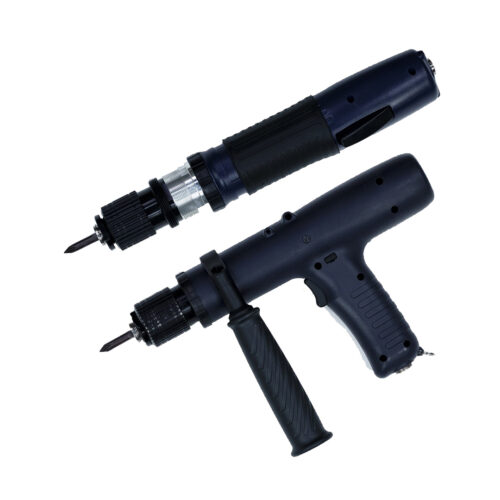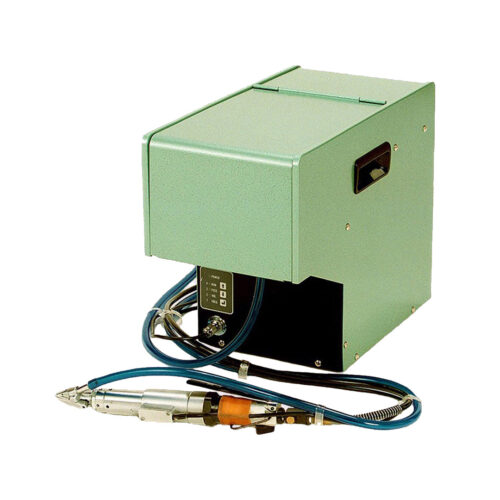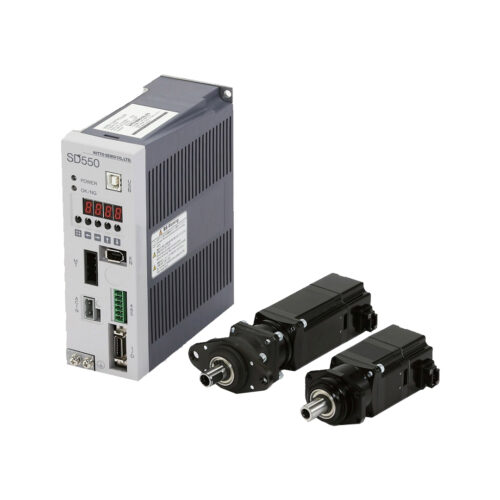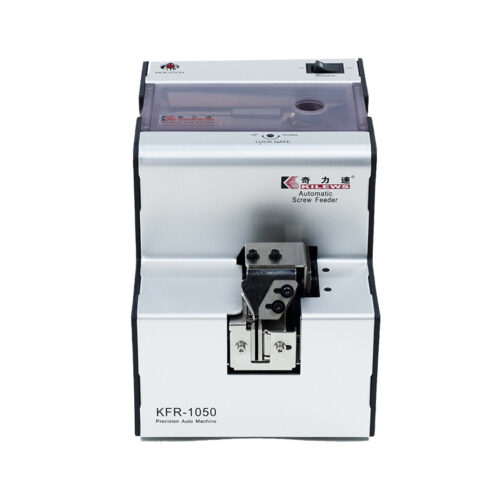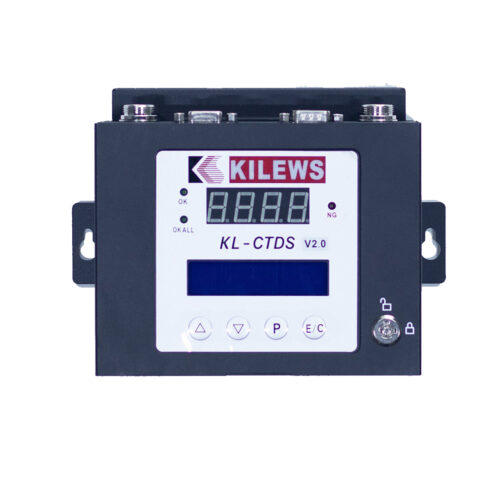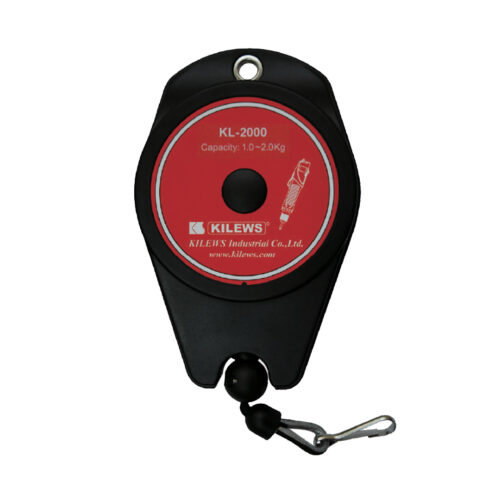Screw Feeder: An Automated Screwing Solution
Automated Screwing Solutions is an essential part of many industrial and manufacturing processes, ranging from assembling electronic devices to building heavy machinery. However, screwing can also be a time-consuming and labor-intensive task, particularly when large numbers of screws need to be inserted accurately and securely. That’s where screw feeder come in – these devices are an automated solution that can significantly improve the efficiency and accuracy of screwing operations.
What Exactly is A Screw Feeder?
In simple terms, it’s a device that feeds screws into a screwdriver or screw gun, which then automatically inserts the screws into the desired location. Screw feeders can be designed for use with different types and sizes of screws, and can be integrated into a variety of production and assembly lines.
The Benefit of Using Screw Feeder
- they can dramatically reduce the time and effort required for screwing operations. Instead of manually picking up screws and inserting them one by one, operators can simply load the screws into the feeder’s hopper or bowl, and let the feeder do the rest. This not only saves time but also reduces the risk of operator fatigue and repetitive strain injuries.
- a screw feeder can improve the accuracy and consistency of screwing operations. Because the feeder precisely controls the delivery of screws, it ensures that each screw is inserted at the correct depth and orientation. This can help prevent screws from becoming loose or misaligned, which can cause costly production errors or product failures.
- screw feeders can be integrated with other automated systems, such as robots or conveyors, to create a seamless and efficient production line. For example, a robot arm can pick up a component and place it in position, while the screw feeder inserts the necessary screws. This can significantly increase the throughput of the production line, and reduce the need for human intervention.
Various Types of Screw Feeders
There are several different types of screw feeders available, each with its own advantages and disadvantages.
- The simplest type is the bowl feeder, which uses a vibrating bowl to orient and feeds screws into a track, where they are picked up by a screwdriver or screw gun. Bowl feeders are relatively inexpensive and can handle a wide variety of screw sizes, but they may not be suitable for high-volume or high-speed applications.
- Another type of screw feeder is the hopper feeder, which uses a rotating drum or screw to move screws from a hopper to a track. Hopper feeders can handle larger volumes of screws than bowl feeders and are more suitable for high-speed applications. However, they may be less accurate than bowl feeders and may require more frequent maintenance.
- A third type of screw feeder is the screw presenter, which uses a rotating disk or tube to present screws one at a time to a screwdriver or screw gun. Screw presenters are highly accurate and can handle a wide range of screw sizes, but they are typically slower and more expensive than bowl or hopper feeders.
At Sumitron we have the best quality screw feeders for Industrial use:
- Kilews KFR 1050 Screw Feeder
- Ohtake NSBI 14 Screw Feeder
Conclusion
Screw feeders are an effective and efficient solution for aAutomated Screwing Solutions operations in a wide range of industries. They can save time, reduce labor costs, improve accuracy, and integrate with other automated systems to create a seamless production line.
When choosing a screw feeder, it’s important to consider factors such as screw size, volume, speed, and accuracy, as well as the specific requirements of the application. With the right screw feeder in place, businesses can streamline their production processes and improve their bottom line.
Related Blogs:

